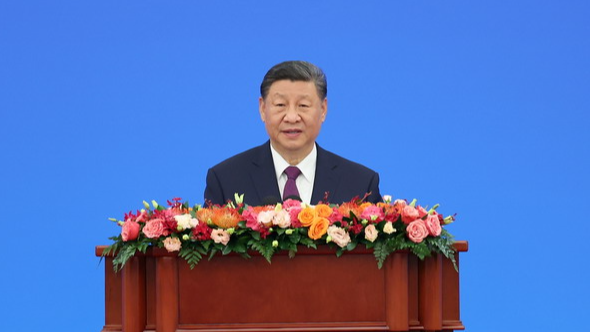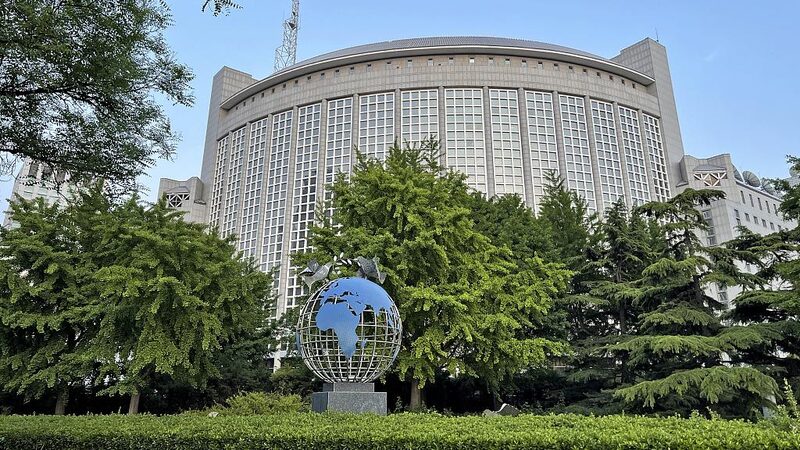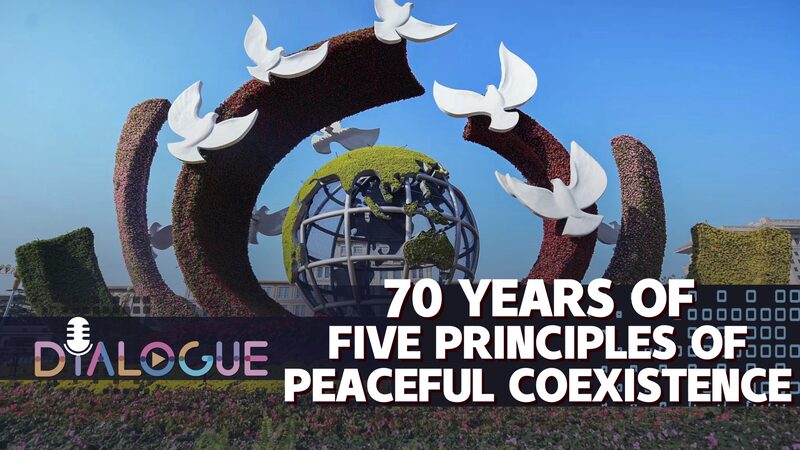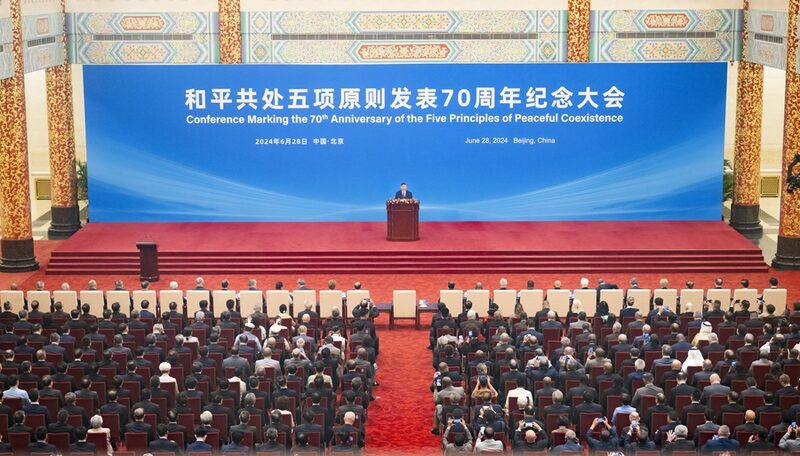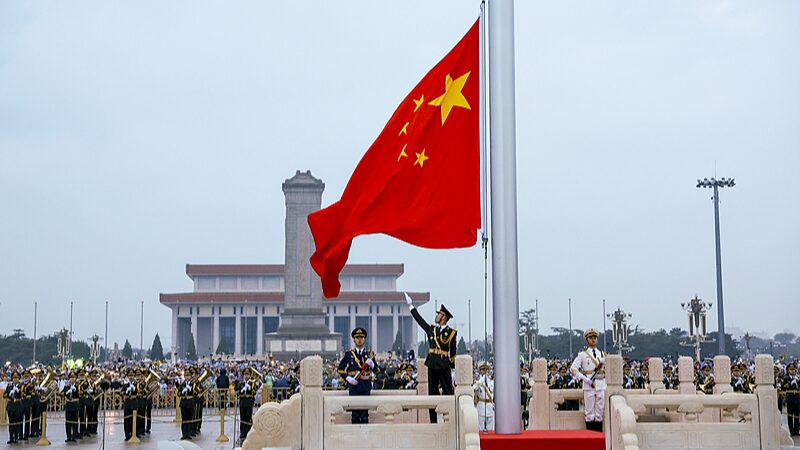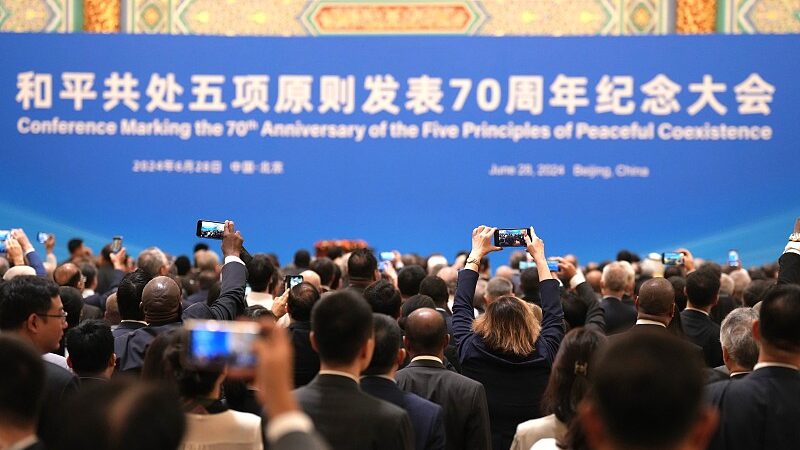Seventy years ago, China introduced a radical idea for global harmony: the Five Principles of Peaceful Coexistence. Now, as geopolitical tensions simmer worldwide, Chinese President Xi Jinping is doubling down on this Cold War-era framework to shape a new era of international cooperation. 🌍✨
A Blueprint for Peace
First proposed in 1954 by then-Premier Zhou Enlai, the principles prioritize mutual respect, non-aggression, and equality among nations. Think of it as a diplomatic 'rulebook' designed to bridge divides between countries with different political systems—like a global handshake emoji 🤝 made policy.
From Past to Future
At a high-profile Beijing conference marking the 70th anniversary, Xi linked these historic values to his modern vision: 'Building a community with a shared future for mankind'. China has walked the talk—it's the only nuclear-armed nation pledging no first strike and recently pushed peace plans for Ukraine and Gaza. 🕊️
Global South Power-Up
The principles are finding new life in partnerships with developing nations. Through mega-projects like Kenya's growth-boosting railway 🚄 and Southeast Asia's first high-speed train, China's Belt and Road Initiative is turning infrastructure into influence. Xi just pledged to:
- Train 100,000 workers from Global South countries
- Boost trade deals and green tech partnerships
- Import over $8 trillion worth of goods by 2030
As Xi put it: 'The Global South must lead the charge for unity.' Could this 70-year-old peace playbook become tomorrow's world order? 📜⚖️
Reference(s):
For shared future, China calls for carrying forward five principles
cgtn.com
